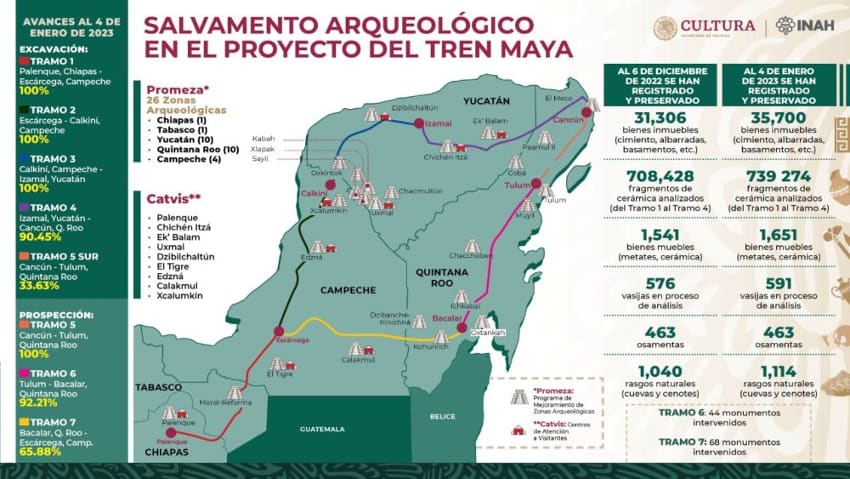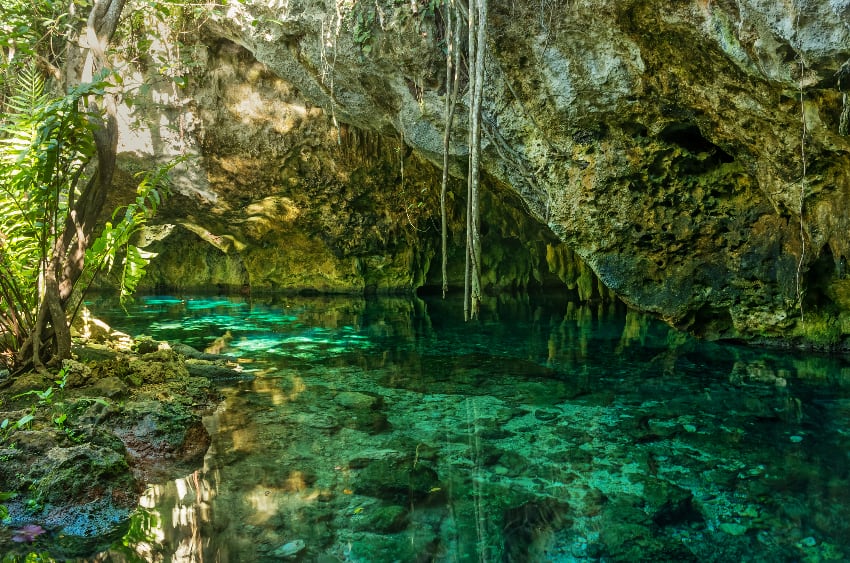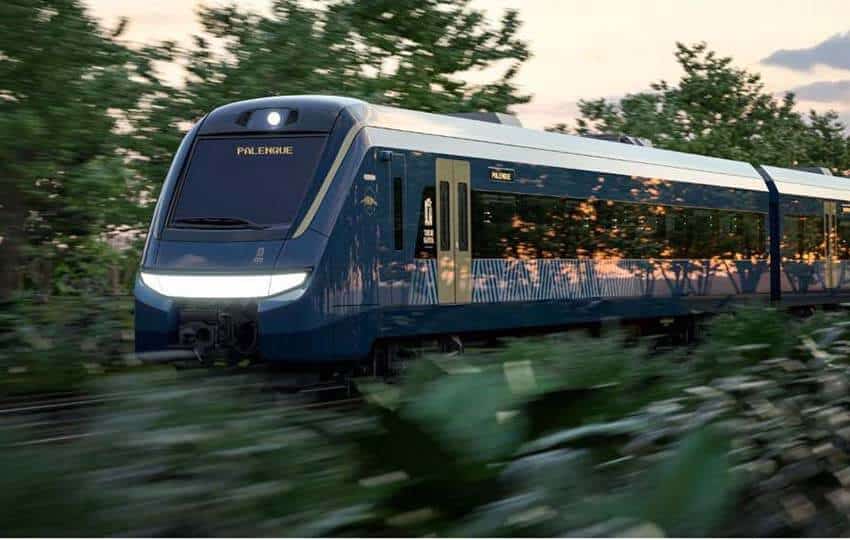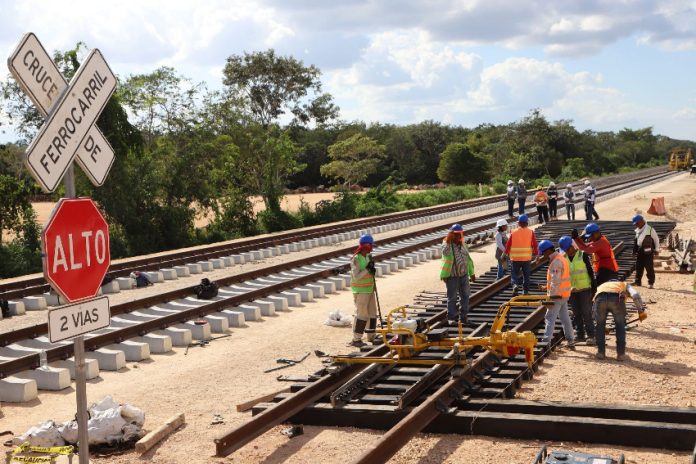The National Institute of Anthropology and History (INAH) reported last week on the excavation and preservation work being done in conjunction with the construction of the Maya Train.
Diego Prieto Hernández, the INAH’s general director, explained that sections 1 through 4 of the train’s planned route have been thoroughly examined, and that artifacts in those zones have been salvaged and that further excavation work has been identified.
Thus, the INAH team, working under the auspices of the Ministry of Culture, will now concentrate its efforts on sections 5, 6 and 7.

During President López Obrador’s morning news conference on Thursday, Prieto Hernández said the aim is to investigate, protect and conserve the area’s archaeological heritage — while also building train tracks that will cut a swath up to 14 meters (46 feet) wide through some of the world’s most unique ecosystems.
In noting that the investigative work has progressed satisfactorily, and that basic prospecting has been completed in six of the seven sections, the anthropologist gave a breakdown on what had been salvaged as of Jan. 4.
He said the team had found and preserved 35,700 stationary structures, 1,651 movable elements, 463 human bones, 1,114 natural features, 739,274 ceramic fragments and 591 vessels.
Prieto Hernández further explained that “within Section 7 — which goes from Bacalar, Quintana Roo, to Escárcega, Campeche — we have defined a line [for future train tracks] that will protect 26 monuments classified as Category 4, that is, those that have a particular relevance and must be preserved in their entirety.”
Prieto Hernández’s address to the media came a day after Reuters published an article headlined “Collapse, contamination: Mexican scientists sound alarm at Mayan Train.”
The article contended that “droves of scientists and environmental activists” are saying that the “railway and its hasty construction critically endanger pristine wilderness and ancient cave systems beneath the jungle floor.”

The 1,470-kilometer (910-mile) railway “is splitting the jungle in half,” Ismael Lara was quoted as saying. A guide who leads tours to a cave near the Calakmul Biosphere Reserve that contains “millions of bats,” Lara fears the train will disrupt wildlife and attract too much development to fragile ecosystems. (The plan is to construct nine visitor centers, so that people can visit the archaeological zones near the railway route.)
Set to be powered by diesel and electricity, the Maya Train will connect Cancún (Mexico’s top tourist destination) to the ancient Mayan temples of Chichén Itzá in Yucatán and Palenque in Chiapas.
Fonatur, Mexico’s tourism agency charged with the project, has said the railway will lift more than a million people out of poverty and could create up to 715,000 new jobs by 2030. Construction costs are seen at up to US $20 billion, López Obrador said in July.
With the project billions of dollars over budget and behind schedule, scientists and activists say the government cut corners in its environmental risk assessments in a bid to complete the project by López Obrador’s deadline of December 2023.
“Years are not required. Expertise, knowledge and integration capacity are required,” Fonatur said in response to questions from Reuters.
The agency declined to comment on a United Nations statement last month in which experts warned that the railway’s status as a national security project allowed the government to side-step usual environmental safeguards. The statement called on the Mexican government to protect the environment in line with global standards.

If built badly, the railway risks breaking through the fragile ground that sits atop a system of thousands of subterranean caves, said Emiliano Monroy-Rios, a Mexican geochemist with Northwestern University who has extensively studied the area’s caves and cenotes, which have been carved out off soft limestone bedrock by water over millions of years.
Diesel fuel, he added, could leak into pools and rivers, the main source of freshwater on the peninsula.
Several scientists interviewed by Reuters said such damage could limit important geological discoveries, as less than 20% of the subterranean system is believed to have been mapped.
“They don’t want to recognize the fragility of the land,” said Fernanda Lases, a scientist with the National Autonomous University of Mexico (UNAM) who is based in Mérida, Yucatán. He called the situation “highly worrisome.”
“They want to do it fast and that’s part of the problem,” Monroy-Rios added. “There’s no time for the proper exploration.”
Countered Fonatur: “The Maya Train project is, of course, safe, monitored and regulated by the environmental authorities.”
